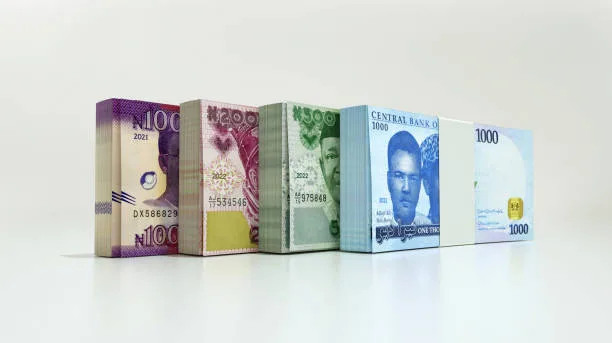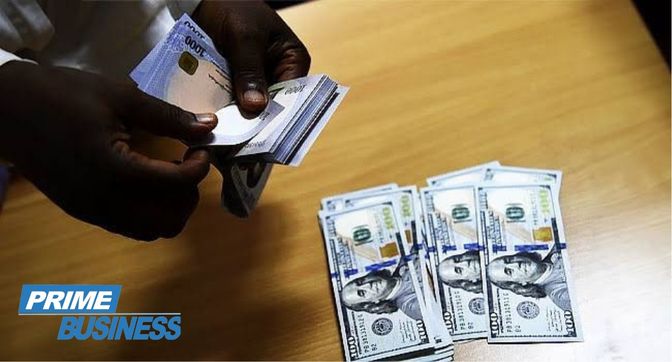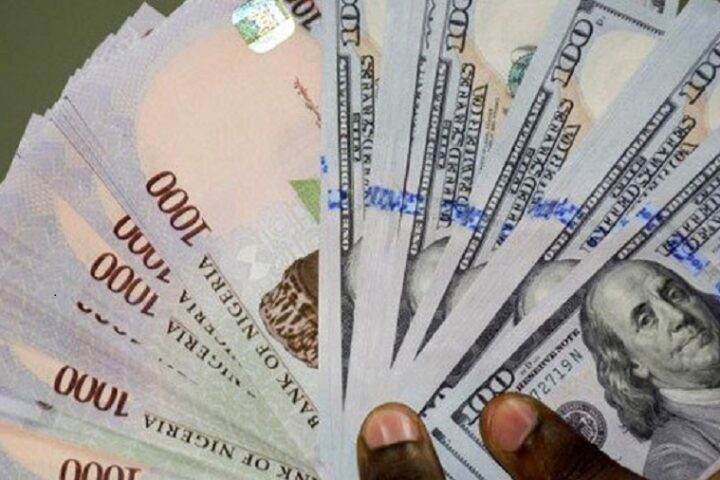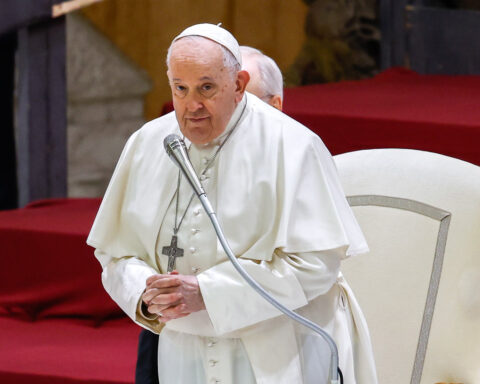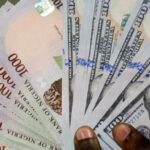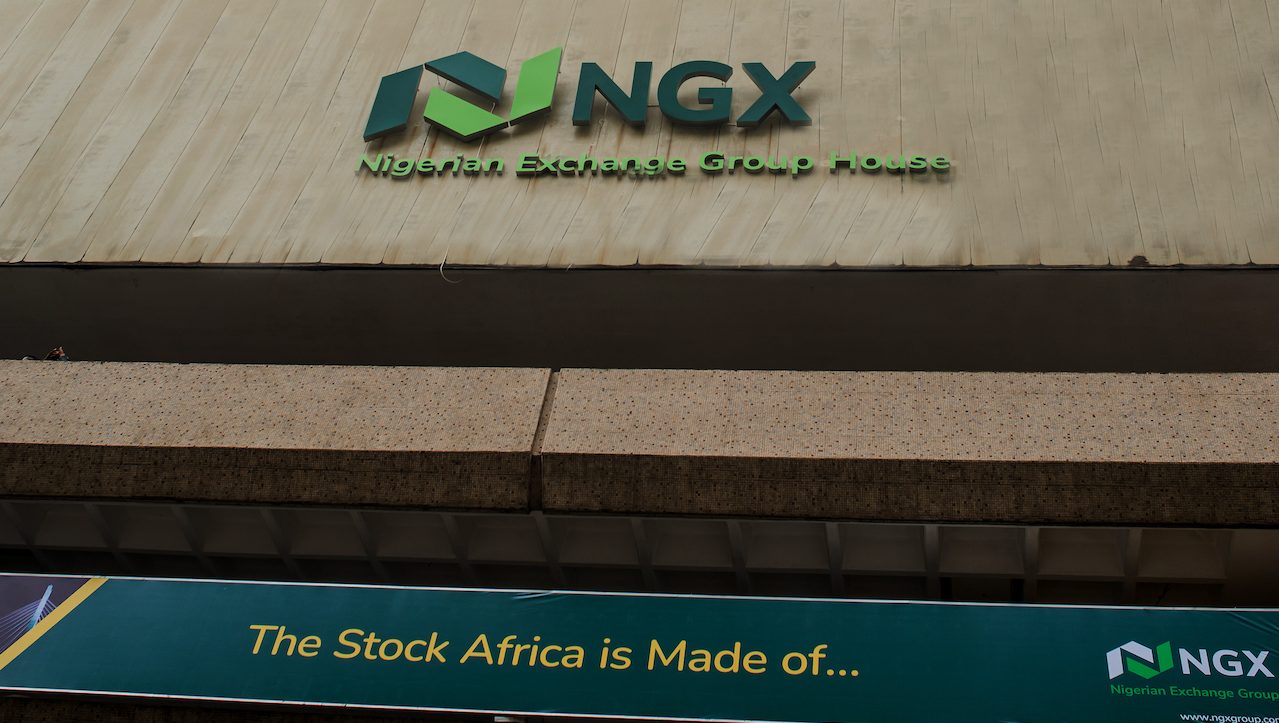After years of volatility and depreciation, Nigeria’s currency is showing surprising resilience in 2025.
Despite persistent economic challenges, the naira has demonstrated unexpected stability and even signs of recovery in recent months. This remarkable turnaround comes against a backdrop of historical currency weakness, inflation concerns, and global economic pressures.
Join our WhatsApp ChannelThis article highlights five key factors driving the naira’s rebound in 2025, examining the economic policies, market forces, and international developments that have contributed to this promising trend in the FX Nigeria today.
1. Improved Foreign Exchange Market Management
The Central Bank of Nigeria (CBN) has implemented several critical reforms in its management of the foreign exchange market, which are finally bearing fruit in 2025. These include:
Unified Exchange Rate System
One of the most consequential changes was the completion of the unified exchange rate system.
For years, Nigeria operated multiple exchange rates, creating opportunities for arbitrage and undermining investor confidence.
The full consolidation of these rates into a single, market-determined system has eliminated distortions that previously plagued the forex market.
This unification has reduced the gap between official and parallel market rates to less than 5% in February 2025, compared to spreads that sometimes exceeded 30% in previous years.
The Naira to dollar black market rate, which had been a significant concern for economic stability, now trades much closer to the official rate, currently hovering around ₦1,450/$1 compared to the official rate of ₦1,390/$1.
Enhanced Transparency in Foreign Exchange Operations
The CBN has also significantly improved transparency in its foreign exchange operations.
Regular auctions with clear rules and timely reporting of transactions have helped rebuild trust among market participants.
International investors, in particular, have responded positively to these changes, leading to increased capital inflows.
In February 2025, portfolio investments reached $1.2 billion—the highest monthly figure since 2019—demonstrating renewed international confidence in Nigeria’s financial markets.
This improved sentiment has helped stabilise the Naira-to-dollar black market rate that had previously been driven by speculation and scarcity.
2. Rising Foreign Reserves and Improved Trade Balance
Nigeria’s foreign exchange reserves have experienced a steady recovery in key areas, providing crucial support for the Naira.
Strategic Reserve Management
Foreign reserves increased from $34 billion in January 2025 to $38.6 billion by the end of February, representing a 13.5% increase in just one month.
This significant improvement in reserve levels has enhanced the CBN’s capacity to intervene in the forex market when necessary, shoring up the naira’s value and moderating volatility in the FX Nigeria today markets.
This growth can be attributed to two main factors: improved oil export earnings and the successful issuance of Nigeria’s first sovereign green bond, which attracted substantial foreign investment.
These increased reserves have allowed the CBN to more effectively manage the naira to dollar black market rate through strategic interventions.
Favourable Trade Balance Shifts
Nigeria’s trade balance has gradually improved throughout early 2025, contributing to the naira’s stability.
Oil exports, which account for approximately 80% of Nigeria’s foreign exchange earnings, have benefitted from relatively stable global prices hovering around $82-85 per barrel.
More importantly, Nigeria has made progress in reducing its import dependency.
According to recent trade data cited in a Nairametrics report, non-oil exports increased by 18% year-on-year in January 2025, reflecting the government’s ongoing diversification efforts.
This improved trade balance has reduced pressure on the Naira and supported its recovery across all FX Nigeria markets today.
3. Strategic Monetary Policy Decisions
The Central Bank of Nigeria’s monetary policy adjustments have played a crucial role in stabilising the naira and combating inflation. These decisions include:
Interest Rate Management
In January 2025, the CBN raised its monetary policy rate to 26.5%, signalling its commitment to price stability.
This aggressive stance has helped control inflation, which moderated to 27.5% in February 2025, down from 29.8% in December 2024.
This reduction in inflation, although still high by global standards, has been crucial for stabilising the Naira. Lower inflation reduces the real depreciation of the currency and helps maintain purchasing power.
The high interest rates have also attracted foreign portfolio investments, increasing dollar supply and positively influencing the Naira-to-dollar black market rate.
Liquidity Management Frameworks
The CBN has implemented new frameworks for managing liquidity in the banking system, reducing excess naira in circulation and thereby supporting the currency’s value.
These measures include:
- Stricter cash reserve ratio requirements for commercial banks
- More effective open market operations
- Introduction of specialised liquidity absorption securities
According to financial analysts, these liquidity management tools have been particularly effective in reducing speculative pressure on the naira in the parallel market.
Daily monitoring of FX Nigeria’s current conditions allow the CBN to adjust these measures responsively, moderating volatility in the Naira-to-dollar black market rate.
READ ALSO: Five Reasons Dangote Remains Africa’s Richest Billionaire
4. Digital Currency Integration and Remittance Improvements
Nigeria has made significant strides in modernising its payment systems and improving remittance channels, contributing to the naira’s recovery. Some of these are:
eNaira Expansion
The enhanced version of Nigeria’s central bank digital currency, the eNaira 2.0, has gained traction in early 2025, with transaction volumes growing substantially.
The monthly eNaira transactions reached ₦89 billion in February 2025, representing a 215% increase from the previous year.
This digital currency integration has improved payment efficiency, reduced transaction costs, and helped bring more economic activity into the formal financial system, which are all factors that support currency stability.
By providing an alternative to cash and reducing the need for dollars in certain transactions, the eNaira has indirectly helped stabilise the FX Nigeria markets today.
Streamlined Remittance Corridors
Nigeria has systematically reformed its remittance infrastructure, making it easier and cheaper for diaspora Nigerians to send money home through official channels.
Partnership agreements with major international money transfer operators have reduced fees and improved exchange rates offered for remittances.
As a result, official remittance inflows reached $1.75 billion in February 2025. This represents a 28% increase compared to February 2024, providing an important source of foreign exchange that supports the Naira.
These increased remittance flows through official channels have reduced demand in the parallel market, bringing the Naira to dollar black market rate closer to the official exchange rate.
5. Structural Economic Reforms and Diversification
Most importantly for long-term currency stability, Nigeria has made progress in implementing structural economic reforms and reducing its dependence on oil exports.
Productive Sector Investments
The government’s focus on developing productive sectors of the economy is beginning to yield results.
The agricultural sector grew by 3.8% in Q4 2024, while manufacturing expanded by 2.9%, according to National Bureau of Statistics data.
These growth rates, although modest, indicate progress in economic diversification, which is essential for sustainable currency stability.
By reducing import dependency and increasing export capacity in non-oil sectors, these developments have contributed to the naira’s improved performance.
The increased production of previously imported goods has reduced demand for dollars, helping to stabilise the FX Nigeria rates across both official and parallel markets.
Energy Sector Reforms
The gradual implementation of the Petroleum Industry Act has brought increased transparency and investment to Nigeria’s critical energy sector.
Foreign direct investment in Nigeria’s energy sector reached $3.2 billion in 2024, with several major projects advancing in early 2025.
The resulting improvements in domestic refining capacity have reduced Nigeria’s need to import refined petroleum products, traditionally a major drain on foreign exchange reserves.
The Dangote Refinery, now operating at 70% capacity according to February 2025 data, has significantly reduced petroleum product imports, saving an estimated $500 million in monthly forex outflows.
This reduction in dollar demand has had a direct positive impact on the Naira to dollar black market rate, which has strengthened from ₦1,650/$1 in late 2024 to current levels around ₦1,450/$1.
Conclusion
The naira’s improved performance in early 2025 represents a significant turnaround from years of decline.
As Nigeria continues to implement necessary reforms and build on recent successes, the prospects for currency stability appear stronger than they have in several years.
For investors, businesses, and everyday Nigerians monitoring the FX Nigeria today developments, this recovery offers hope for reduced uncertainty and improved economic planning.
Elsie Udoh is an SEO content writer who specialises in writing engaging stories that resonates with diverse audiences. She studied mass communication at the Lagos State University.

